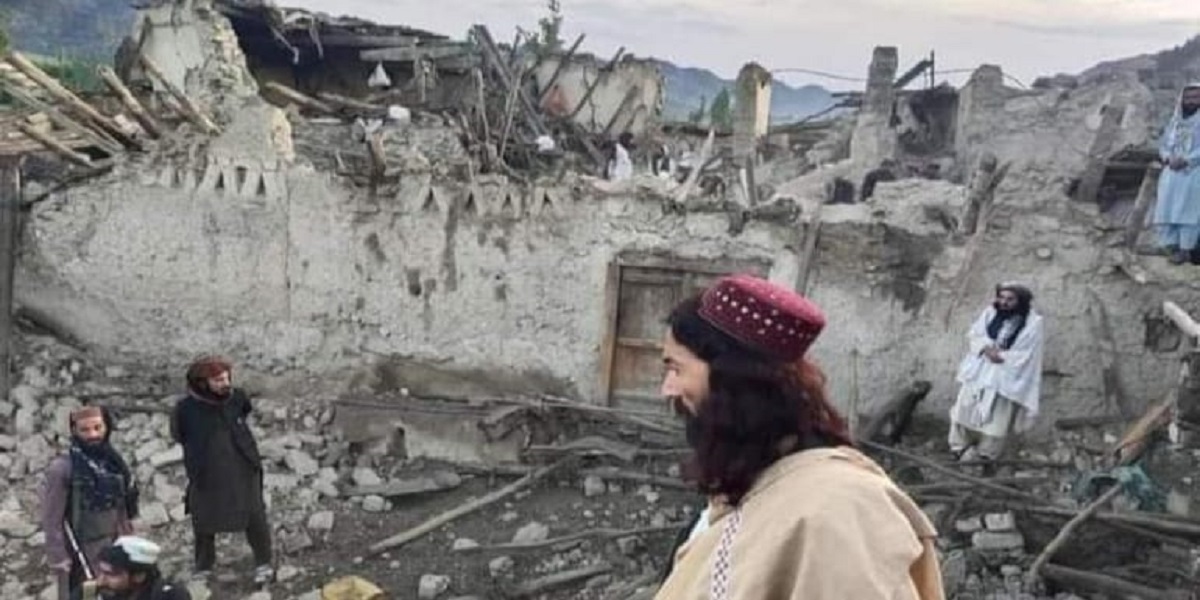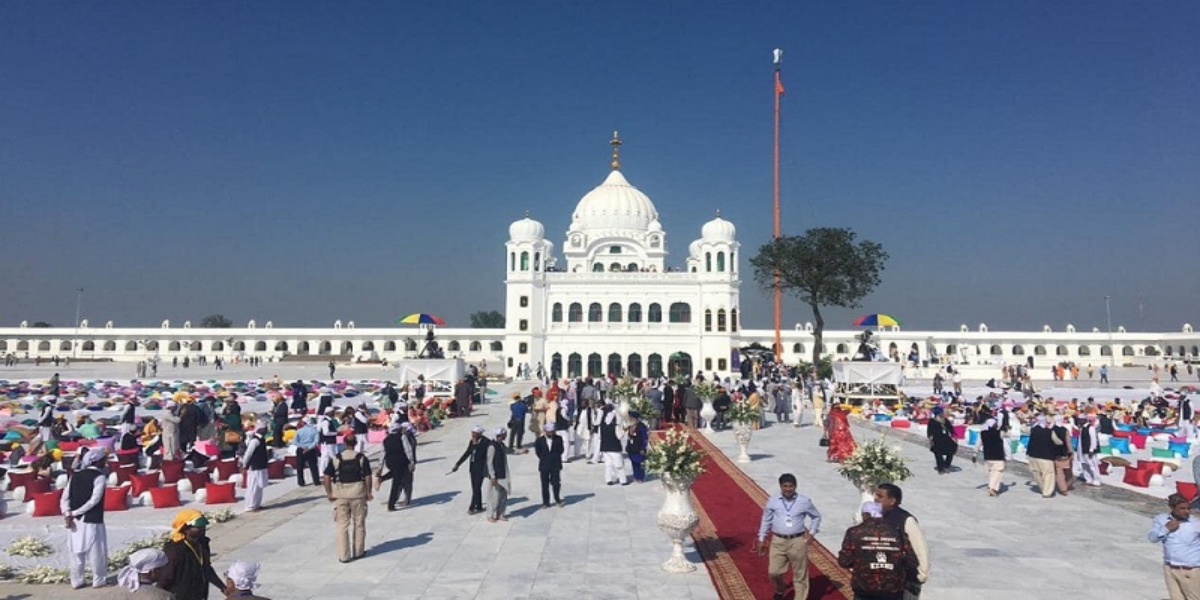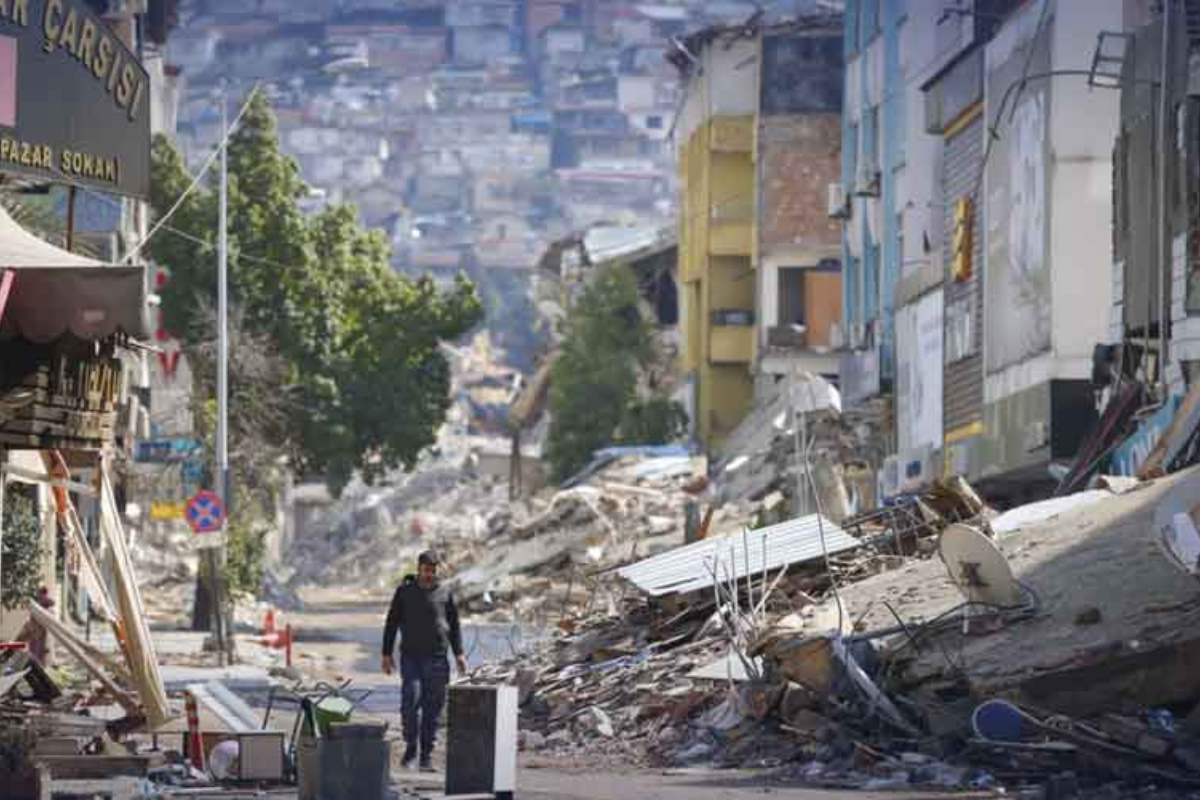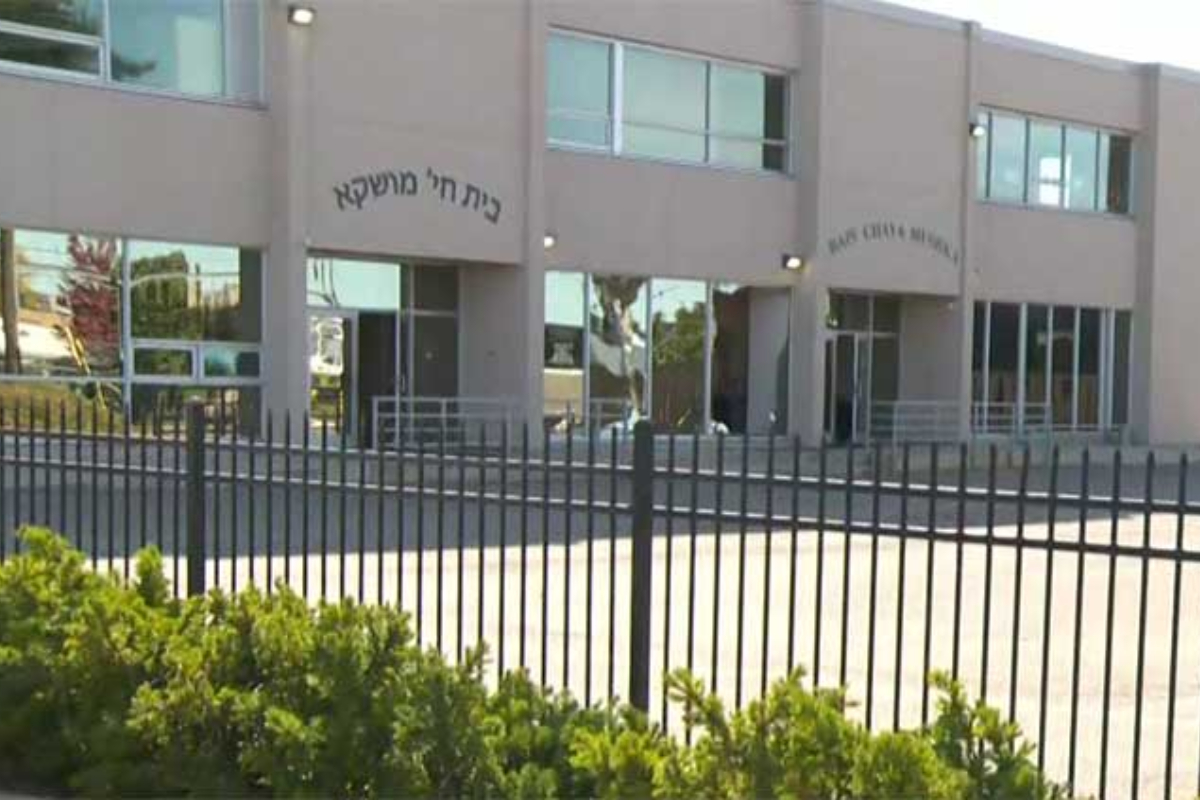- A strong earthquake early on Wednesday morning in eastern Afghanistan’s remote, mountainous territory killed 1,000 people.
- It injured 1,500 more.
- Officials issued a warning that the dismal death toll was expected to increase.
According to a state-run news agency, a strong earthquake early on Wednesday morning in eastern Afghanistan’s remote, mountainous territory killed 1,000 people and injured 1,500 more. Officials issued a warning that the dismal death toll was expected to increase.
The magnitude 6.1 quake that occurred close to the Pakistani border is still mostly unknown, although quakes of that size can do significant damage in areas where houses and other buildings are shoddily built and landslides are frequent. Only 10 kilometers(6 miles) deep, according to experts, may potentially have a greater impact.
The accident provided a big test for the Taliban-led government, which seized power last year as the US intended to pull out from the country and conclude its longest war, two decades after overthrowing the same rebels in the wake of the 9/11 attacks.
Read more: “Every street you travel, you hear sadness,” after the earthquake in Afghanistan
Since many international relief organizations departed Afghanistan after the Taliban took control, the rescue effort is expected to be challenging despite the fact that rescuers went to the location by helicopter on Wednesday.
Neighboring The earthquake’s epicenter, according to Pakistan’s Meteorological Department, was in Afghanistan’s Paktika province, around 50 kilometers (31 miles) southwest of the city of Khost. In the province of Khost, structures were also damaged, and vibrations could be felt as far away as Islamabad, Pakistan.
Men were transporting individuals in blankets to helicopters that were waiting. Others received treatment on the floor. In addition to others lying on gurneys, residents could be seen taking IV fluids while sitting in a plastic chair outside of their home’s debris. Images from damaged stone homes with some of their roofs or walls caving in showed locals digging through clay bricks and other debris.
The number of fatalities reported by the Bakhtar News Agency matched that of an earthquake that struck northern Afghanistan in 2002, just after the US-led invasion ousted the Taliban administration. These are the deadliest earthquakes since a 6.1-magnitude quake and following tremors in remote northeast Afghanistan killed at least 4,500 people in 1998.
Read more: Pakistan to dispatch relief goods to quake-hit Afghanistan
According to Robert Sanders, a seismologist with the US Geological Survey, an earthquake of this size wouldn’t cause such widespread destruction in most parts of the world. However, location, the quality of the buildings, and population density have a greater impact on a quake’s mortality toll.
We won’t be aware of rockslides and landslides until later reporting because the area is mountainous. Older structures are more likely to fail and collapse, he said. We have seen similar earthquakes do substantial damage in the past because of how densely populated that region is.
Earlier, Abdul Wahid Rayan, the director-general of the government-run Bakhtar news agency, posted on Twitter that 90 homes had been demolished in Paktika and that dozens of people were perhaps trapped under the debris.
In a statement, Pakistan’s Prime Minister Shahbaz Sharif expressed his condolences for the earthquake and promised assistance. Pope Francis prayed at the Vatican for all those who had died and been hurt as well as for the “suffering of the loving Afghan community.”
According to local authorities, the earthquake left at least 25 people dead and over 95 others hurt in only one district of Khost province.
Read more: Afghanistan’s deadliest earthquakes
According to Taimoor Khan, a disaster management spokesperson in the region, some remote areas of Pakistan received reports of home damage close to the Afghan border, although it wasn’t immediately apparent whether that was caused by rain or the earthquake.
According to the European Seismological Center (EMSC), 119 million people in India, Pakistan, and Afghanistan felt the earthquake’s shocks over a distance of 500 kilometers (310 miles).
Devastating earthquakes have long been a threat in South Asia’s mountainous Hindu Kush region, which includes Afghanistan.





















